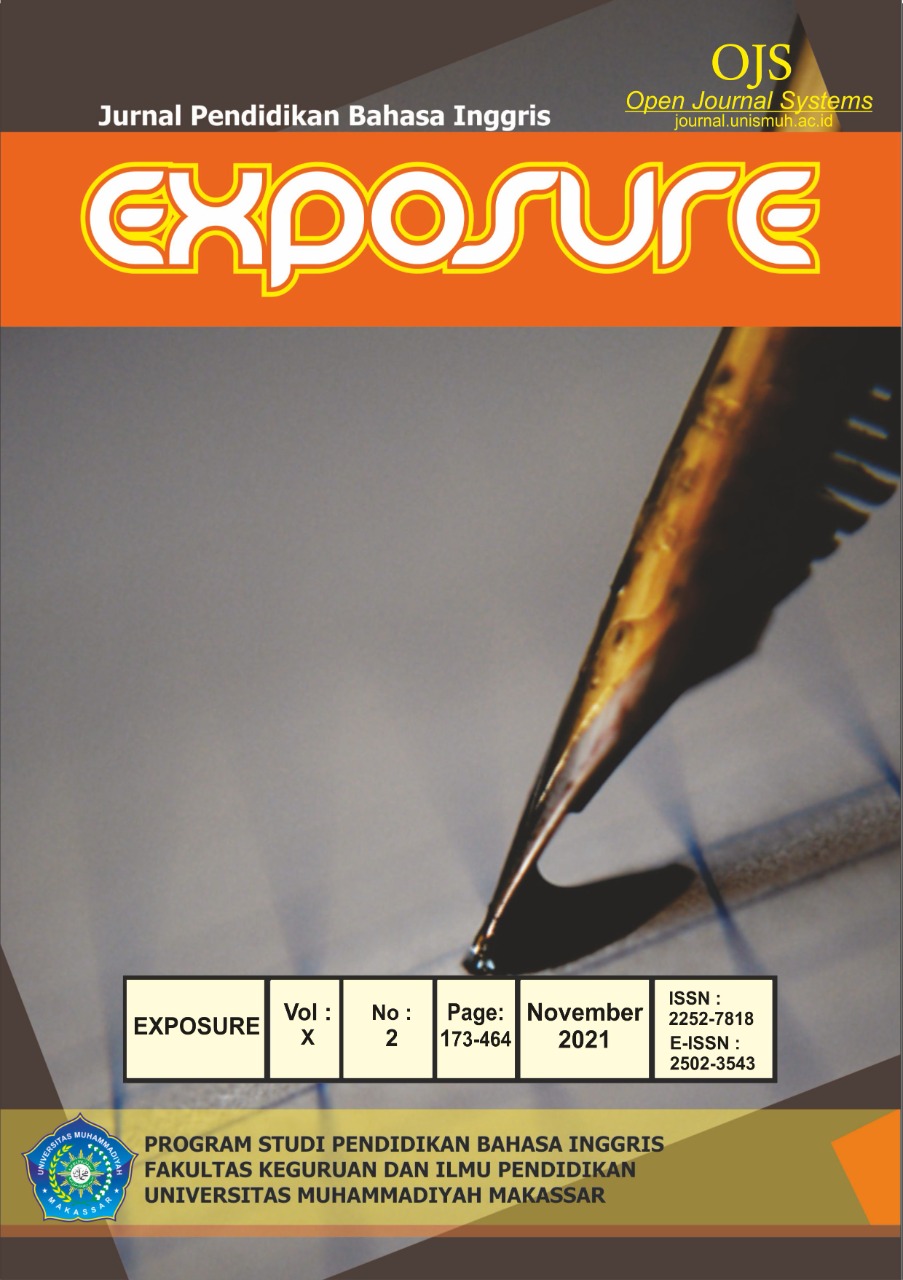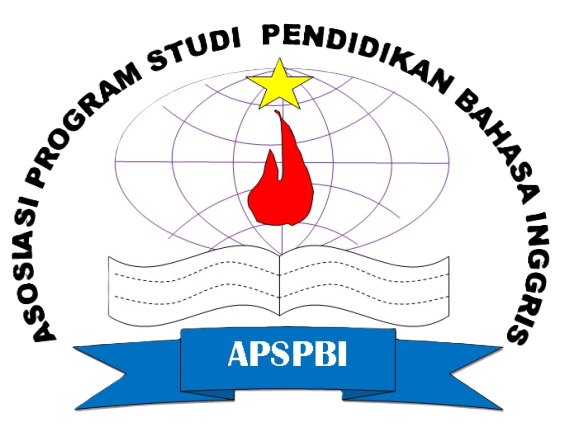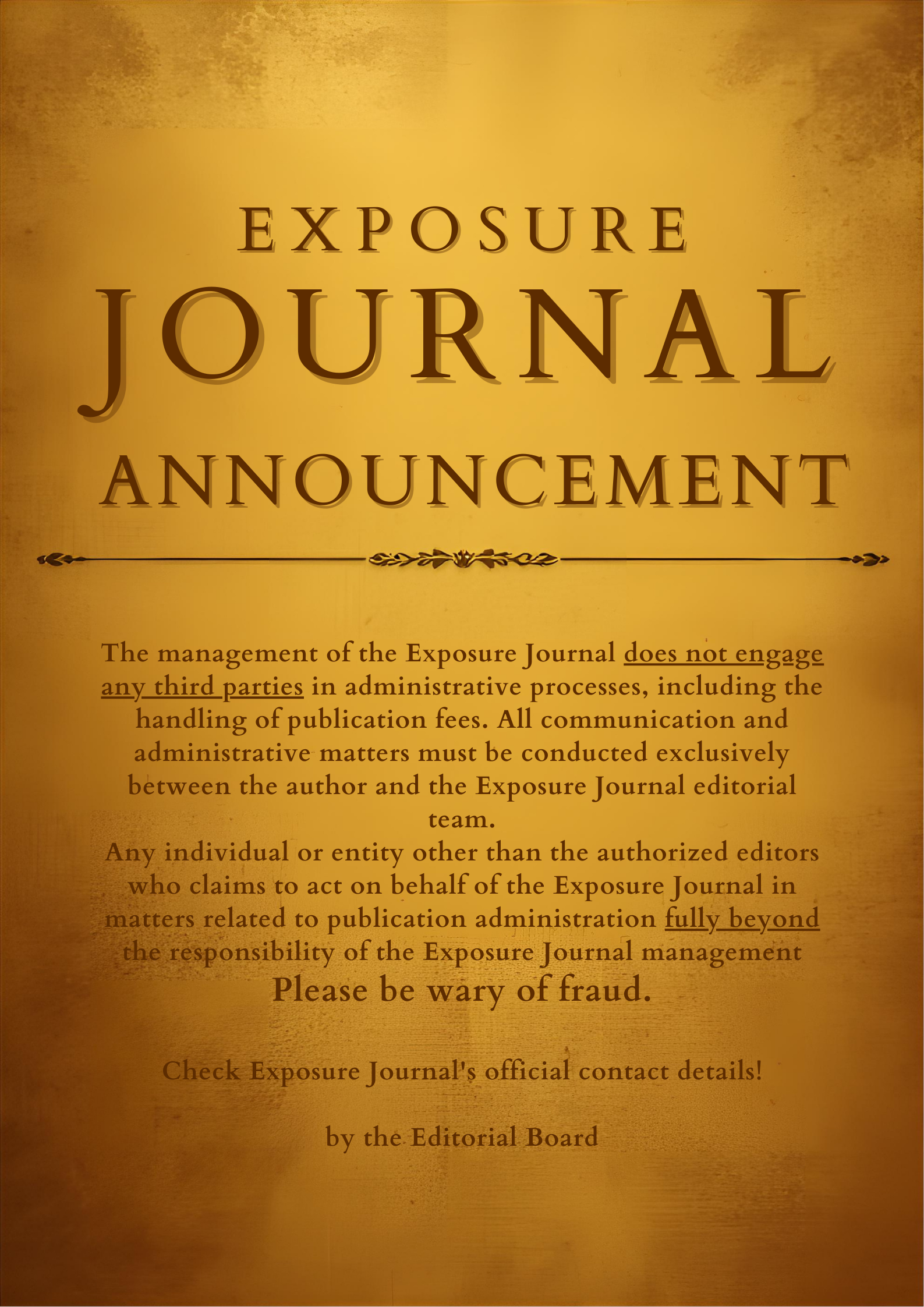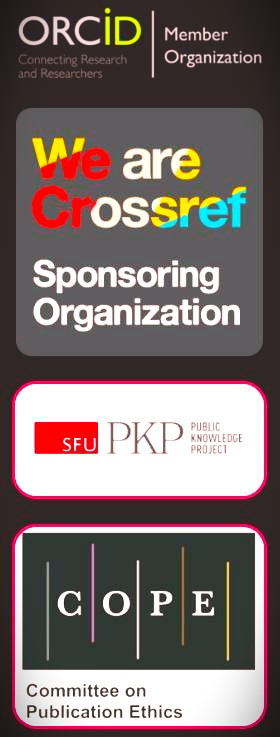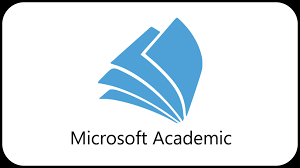ASSESSING STUDENTS’ ACHIEVEMENT IN READING COMPREHENSION THROUGH PROBLEM BASED LEARNING MODEL
DOI: https://doi.org/10.26618/exposure.v10i2.6003
Problem Based Learning, Webtoon, Reading Comprehension, Narrative Text, Interest.
Abstract
This research was focused on points whether (or not) the effect of Problem Based Learning with Webtoon on students’ reading comprehension of the SMA Negeri 6 Enrekang Class X. This research applied experimental design that treats only one group. The population of the research was the students of SMA Negeri 6 Enrekang Class X. In determining the sample, the researcher used simple random sampling technique. The research instruments were reading test and questionnaire. Then, the data was analyzed by using scoring rubric for reading test. And also, to measure the students’ interest, the researcher used SPSS application verse 23.0.The result of the research showed that there was a worth enhancement of the students’ achievement in pre-test and post-test. The mean score reached 79.80 at the post-test with standard deviation 7.94. It is very different with the pre-test result, where more than 50% students get score under the KKM. The effect of Problem Based Learning with Webtoon gives a positive interest toward students to learn reading comprehension, mainly for narrative text. The learning process was alive and the students were passionate. Besides, the students were more enthusiastic because the story in Webtoon is served by colorful and interactive pictures. As the conclusion, the effect of the Problem Based Learning with Webtoon assisted the students in comprehend the text in reading learning. By the internet connection, the application of Webtoon for reading learning make the students were easier to learn every time.
References
Arisi, R.O & Umudhe, S.E (1998). Instructional Materials. In E.A. Inomesia & E.O Osakwe (Eds.) Principles and Practices of Teaching, Warri, Abotu Research Publishers.
Bell, S. (2010). “Project-Based Learning for 21st Century: Skills for the Future.” the clearing house. 83, (2), 39-43.
Clery, R. (2018). Webtoons, a tool for communicating science in Antarctica.
Gambrell, L. B. (1996). Creating classroom cultures that foster reading motivation. Reading Teacher, 50, 14-25.
Gay, L. R., Mills, G. E., & Airasian, P. (2006). Educational Research 8th Edition: Competencies for Analysis and Applications. New York: McGrew Hill Book Company.
Gloria, S., & Edithia, D. (1988). Developing Reading Skill for EFL Students. Depertemen Pendidikan dan Kebudayaan Direktorat Jendral Pendidikan Tinggi proyek pengembangan Lembaga Pendidikan Tenaga Kependidikan. Jakarta.
Grabe, W. (2016). L2 reading comprehension and development. In Handbook of research in second language teaching and learning (pp. 299-311). Routledge.
Harrison, C. (2003). Understanding reading development. Sage.
Huang, K. S., & Wang, T. P. (2012). Applying problem-based learning (PBL) in University English translation classes. The Journal of International Management Studies, 7(1), 121-127.
Kurikulum, P., Depdiknas, B., & No, J. G. S. R. (2006). Pengembangan Model Pendidikan Kecakapan Hidup. Jakarta Pusat.
Lamerichs, N. (2020). Scrolling, swiping, selling: Understanding Webtoons and the data-driven participatory culture around comics.
Morrison, T. G., Bryan, G., & Chilcoat, G. W. (2002). Using student-generated comic books in the classroom. Journal of Adolescent & Adult Literacy, 45(8), 758-767.
Matzat, U., & Vrieling, E. M. (2016). Self-regulated learning and social media–a ‘natural alliance’? Evidence on students’ self-regulation of learning, social media use, and student–teacher relationship. Learning, Media and Technology, 41(1), 73-99.
McLaughlin, M. (2010). Content area reading: Teaching and learning in an age of multiple literacies. Allyn & Bacon.
McLaughlin, M. (2012). Reading comprehension: What every teacher needs to know. The Reading Teacher, 65(7), 432-440.
Michael, P. (2004). Does Active Learning Work? A Review of the Research. Journal of Engineering Education, 93(3), 223-231.
Narvaez, D., Van Den Broek, P., & Ruiz, A. B. (1999). The influence of reading purpose on inference generation and comprehension in reading. Journal of Educational Psychology, 91(3), 488.
Petko, D. (2012). Teachers’ pedagogical beliefs and their use of digital media in classrooms: Sharpening the focus of the ‘will, skill, tool’model and integrating teachers’ constructivist orientations. Computers & Education, 58(4), 1351-1359.
Prihastuti, Y. S. (2013). Improving the Reading Comprehension of the Eighth Grade Students of SMP N 1 Wonosari by Using the Visualization Strategy in the Academic Year of 2012/2013 (Doctoral dissertation, Yogyakarta State University).
Putri, A. A. (2018). The Use of Webtoon And KWL (Know-Want-Learn) Strategy to Improve Students’ Reading Fluency (A Classroom Action Research in the Tenth Grade of SMK Muhammadiyah Rembang in the Academic Year 2018/2019) (Doctoral dissertation, IAIN Salatiga).
Raulan, R., & Fatimah, S. (2018). Teaching Writing Narrative Text By Using Webtoon Digital Comic To Senior High School Students. Journal of English Language Teaching, 7(4).
Sangia, R. A. (2014). The process and purpose of reading. Applied Linguistics.
Savery, J.R & Duffy, T.M.(1995). Problem-based learning: An instructional model and its constructivist framework. Educational Technology, 35(5),31- 37.
Schmidt, H. G. (1983). Problem‐based learning: Rationale and description. Medical education, 17(1), 11-16.
Sonmez, D., & Lee, H. (2003). Problem-based learning in science (pp. 1-2). ERIC Clearinghouse.
Taufiq, M.Amir. 2009. Inovasi Pendidikan Melalui Problem Based Learning. Jakarta: Kencana Media Group.
Williams, K. C., & Williams, C. C. (2011). Five key ingredients for improving student motivation. Research in Higher Education Journal, 12, 1.
Downloads
Additional Files
Published
How to Cite
Issue
Section
License
Authors who publish with this journal agree to the following terms:
In order to assure the highest standards for published articles, a peer review policy is applied. In pursue of the compliance with academic standards, all parties involved in the publishing process (the authors, the editors and the editorial board and the reviewers) agree to meet the responsibilities stated below in accordance to the Journal publication ethics and malpractice statement.
Duties of Authors:
- The author(s) warrant that the submitted article is an original work, which has not been previously published, and that they have obtained an agreement from any co-author(s) prior to the manuscript’s submission;
- The author(s) should not submit articles describing essentially the same research to more than one journal;
- The authors(s) make certain that the manuscript meets the terms of the Manuscript Submission Guideline regarding appropriate academic citation and that no copyright infringement occurs;
- The authors(s) should inform the editors about any conflict of interests and report any errors they subsequently, discover in their manuscript.
Duties of Editors and the Editorial Board:
- The editors, together with the editorial board, are responsible for deciding upon the publication or rejection of the submitted manuscripts based only on their originality, significance, and relevance to the domains of the journal;
- The editors evaluate the manuscripts compliance with academic criteria, the domains of the journal and the guidelines;
- The editors must at all times respect the confidentiality of any information pertaining to the submitted manuscripts;
- The editors assign the review of each manuscript to two reviewers chosen according to their domains of expertise. The editors must take into account any conflict of interest reported by the authors and the reviewers.
- The editors must ensure that the comments and recommendations of the reviewers are sent to the author(s) in due time and that the manuscripts are returned to the editors, who take the final decision to publish them or not.
Authors are permitted and encouraged to post online a pre-publication manuscript (but not the Publisher’s final formatted PDF version of the Work) in institutional repositories or on their Websites prior to and during the submission process, as it can lead to productive exchanges, as well as earlier and greater citation of published work (see The Effect of Open Access). Any such posting made before acceptance and publication of the Work shall be updated upon publication to include a reference to the Publisher-assigned DOI (Digital Object Identifier) and a link to the online abstract for the final published Work in the Journal.

